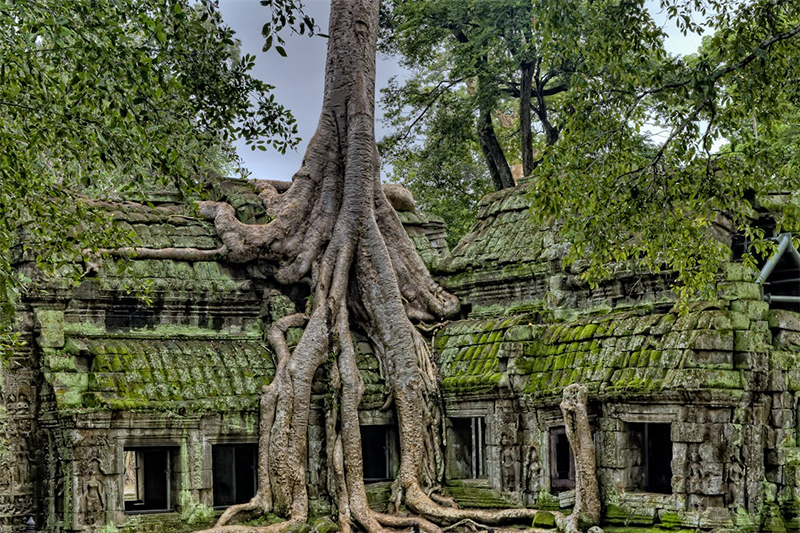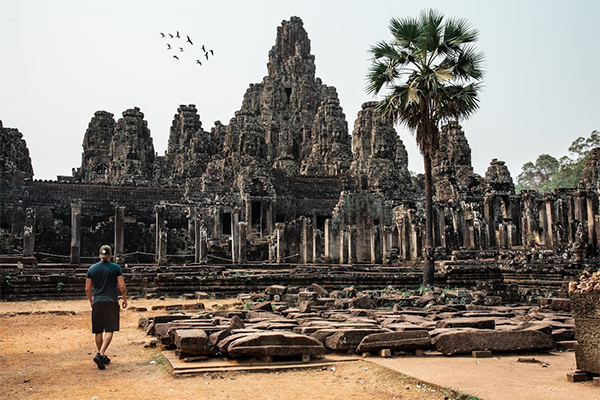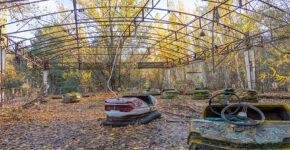The Temples of Angkor: Cambodia’s Ancient Wonders
A monument to the creativity and spirituality of a civilization that flourished for millennia, the Angkor complex is an amazing example of the architectural and cultural triumphs of the Khmer Empire. With its exquisite buildings and detailed carvings, this UNESCO World Heritage site provides a window into the complex society systems and religious ideas that molded the area. Angkor invites research into its rich past and present, so captivating both historically and as a dynamic hub for modern cultural identity that attracts both tourists and academics.
The History of Angkor
Rising from the 9th to the 15th century, the Angkor complex provides evidence of the magnificence of the Khmer Empire. Originally built as a Hindu temple site, it progressively changed into a Buddhist refuge mirroring the changing spiritual terrain of the area. Kings ordered grand buildings displaying unmatched advanced engineering and beauty. The complex bas-reliefs and soaring spires represent not just the might of the empire but also religious commitment. Angkor developed over millennia into a bustling city with a complex irrigation system enabling farming. Its ultimate abandonment and rediscovery decades later resulted from changing trade routes and outside factors starting its fall.
Architectural Marvels of Angkor
Renowned for their magnificent architecture marked by great scale and detailed craftsmanship, Angkor’s temples With a great moat and soaring central spires that represent Mount Meru, the axis of the world in Hindu cosmology, famous buildings like Angkor Wat show the mix of creative expression and engineering ability. With its mysterious stone faces and thorough reliefs representing daily life and historical events, Bayon Temple enthralls guests. Combining creative building methods with sandstone and laterite let one create large galleries and soaring ceilings, so highlighting the extraordinary vision and ability of the Khmer architects.
Religious Significance of the Temples
Reflecting the ideas of the Khmer civilization, these old buildings are great emblems of spiritual commitment. Originally devoted to Hindu gods, the temples changed to reflect the religious change in the area to Buddhist practice. Every site was painstakingly created to reflect cosmic ideas, with layouts echoing holy terrain. Whereas the complex sculptures tell mythological stories and historical events, Angkor Wat, for example, captures the universe’s origin. The society revolved on pilgrimages to these hallowed sites, therefore strengthening the close relationship between the people and their faith. The temples remain today essential hubs for spiritual development and cultural identity.
Preservation Efforts and Tourism at Angkor
Driven by the necessity to guard these cultural treasures from environmental damage and the effects of tourism, efforts to maintain the Angkor temples have been more intense in recent decades. Focusing on stabilizing buildings and preserving the integrity of the site, organizations like UNESCO have been quite important in restoration work. Promoted to strike a balance between visitor access and conservation concerns, sustainable tourism methods help to guarantee that the temples will be treasured by next generations. Local communities are participating in these projects more and more, encouraging a feeling of responsibility for their legacy and profitably from the influx of visitors.
Beyond its architectural beauty and historical importance, Angkor reflects the continuing vitality of the Khmer people and their cultural identity. The complex link between heritage and community involvement becomes increasingly important as preservation initiatives change to help to protect this UNESCO World Heritage site. Future generations can make sure that this amazing monument to human ingenuity and resiliency stays a source of inspiration and respect for everybody by encouraging a great respect of Angkor’s past while embracing sustainable methods.
Photo Attribution:
1st & featured image by https://www.pexels.com/photo/building-with-tree-1534057/
2nd image by https://www.pexels.com/photo/man-looking-at-an-ancient-temple-2495575/






